As the weather undergoes a noticeable shift and the imminent cold snap approaches, many of us find ourselves turning our attention to all things winter-related. This includes making plans for the festive season, embarking on winter adventures, and, of course, addressing our seasonal wardrobe needs. Among these considerations, choosing the perfect scarf to keep us warm and snug during the winter months becomes a top priority. In this regard, we are delighted to provide you with a comprehensive and definitive guide to a cashmere scarf. We will shed light on the exquisite qualities that render these scarves not just warm, but truly luxurious.
The need for a Cashmere scarf
Temperatures drop and the frosty chill sets in, as soon as autumn kicks in. As such, the allure of cashmere becomes increasingly apparent. This exceptionally soft and elegant fabric has earned its reputation as a symbol of pure luxury. Cashmere scarves, in particular, stand out as the epitome of warmth and sophistication, making them the ultimate accessory for winter.
The unique appeal of cashmere lies in its inherent qualities. Derived from the fine undercoat of cashmere goats, the fibres used in cashmere scarves are extraordinarily soft and fine, measuring between 12 to 15 microns in diameter. This fine fibre diameter enables cashmere to excel in trapping warmth, creating a natural layer of insulation that is unparalleled in its effectiveness.
Furthermore, cashmere fibres possess a natural crimp or waviness, which results in the formation of tiny air pockets within the fabric. These air pockets serve as additional insulation, ensuring the retention of body heat and keeping cold air at bay. The result is a scarf that not only envelops you in luxurious softness but also offers an unbeatable shield against the winter chill.
Cashmere scarves are famous not just for their warmth, but also for their lightweight and bulk-free nature. Despite their exceptional insulation properties, cashmere scarves are remarkably lightweight, allowing for ease of movement and versatility in styling. Whether casually draped over your shoulders or elegantly tied around your neck, a cashmere scarf effortlessly combines fashion with functionality.
Origin of Cashmere Scarves
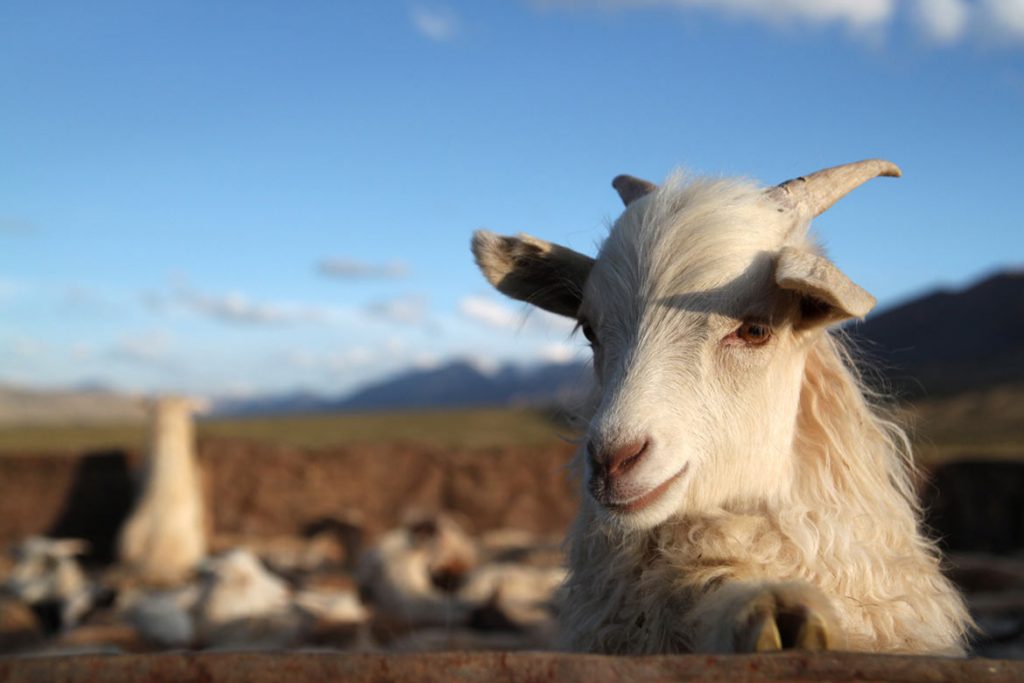
Cashmere is a luxury animal hair that comes from the underbelly of an exotic goat species. The goat inhabits the Himalayan region and grows fine hair as a downfibre. This is a protection for the animal against the harsh cold that these regions experience. However, in the Spring season, the goat gets uncomfortable with this wool and tries to get rid of it by scratching its body against coarse surfaces. Herders collect this hair and later clean it before sending it for further processing.
Why is a Cashmere scarf Special?
What sets cashmere apart, making it a covetable and more expensive material compared to wool and cotton, is a combination of unique factors that begin with its source of animal hair. Cashmere is famous as a "speciality hair fibre". It comes from the Cashmere/Himalayan Goat, named after its origins in the Himalayan region of Kashmir.
These goats, famous for their distinctive and luxurious fleece, roam the hilltops of various Asian regions, including Inner Mongolia, China, Iran, Iraq, Turkey, and Afghanistan. The geography and climate of these areas play a crucial role in the quality of cashmere produced. The mere fact that it takes a single Kashmiri goat an entire year to yield enough cashmere for just one scarf provides a glimpse into why cashmere products command a higher price compared to other natural fibres.
The quality of cashmere depends not only on the geographical origin but also on the meticulous process of selecting only the longest and finest fibres after harvesting. This selection process often spans across multiple Asian regions to ensure the highest quality cashmere. The resulting fibres are longer, smoother, and straighter than those of sheep's wool.
Craftsmanship and Manual labour
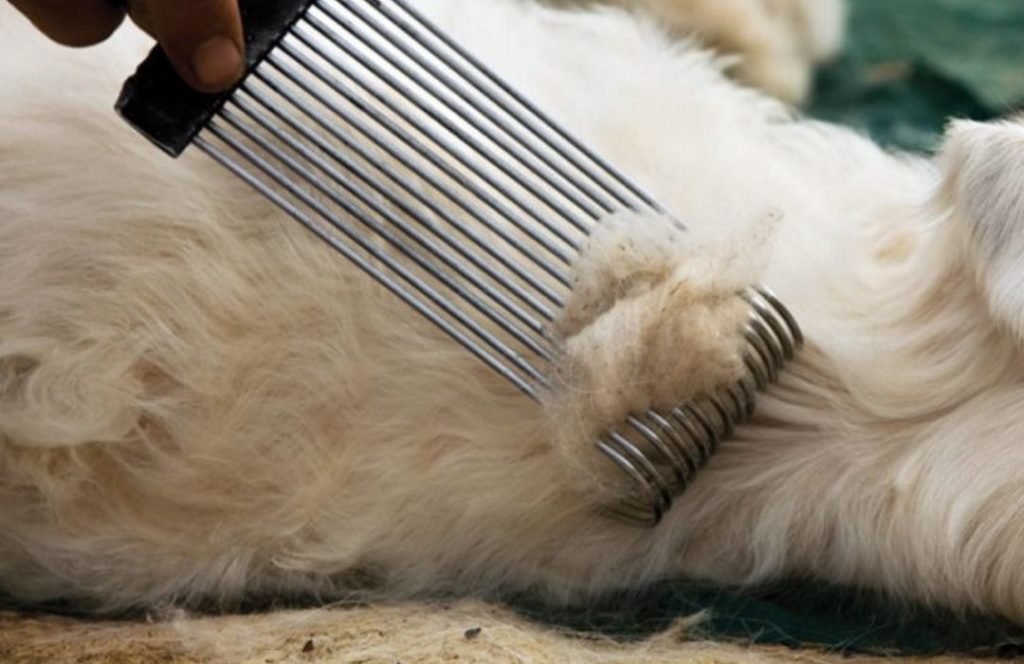
The extraction of cashmere fibres is a delicate and manual process. Skilled artisans carefully comb the goats, starting from beneath the goat's chin, to gather the soft and luxurious undercoat. This undercoat is then spun into a filament, ready to be woven or knitted into the exquisite cashmere products that we covet. The exceptional quality of cashmere is highlighted by its reputation; it is believed that the Old Testament's Ark of the Covenant was lined with this sumptuous fibre.
The Kashmir goats thrive in harsh climatic conditions, making their fleece even more precious. Their habitat features arid summers and frigid winters, with temperatures plummeting to as low as minus 40 degrees. These extreme weather patterns prompt the goats to develop two distinct coats: an outer one that is hard and wiry, and an inner one that is soft and opulent. The juxtaposition of these two coats is crucial to the creation of cashmere, as it is the exceptionally soft and fine undercoat that workers harvest for production.
The remote and rugged landscapes where these goats thrive contribute to the mystique surrounding cashmere. The challenging terrain and harsh climate add an element of adventure and authenticity to the sourcing of cashmere, making it a textile fibre with a unique story and origin.
Are Cashmere Scarves Expensive?
Cashmere, with its unique origins and labour-intensive processes, stands out as a truly exceptional and sought-after fibre. As we delve deeper into the intricacies of cashmere production, it becomes evident why the masses consider this material a pinnacle of luxury and quality.
The journey of cashmere begins with the remarkable Kashmir goat, which thrives in distinctive living environments characterized by rugged terrains and extreme climatic conditions. These goats have adapted to survive in regions where summers are arid and winters are bone-chilling, with temperatures plunging to as low as minus 40 degrees Celsius. It is this harsh environment that prompts them to develop two distinct coats: an outer one that is coarse and resilient and an inner one that is incredibly soft and luxurious.
The magic of cashmere lies in the soft and fine undercoat of these goats. This undercoat, which herders carefully harvest during the goats' natural shedding process in the spring, serves as the raw material for cashmere fabric. The manual collection of these fine cashmere fibres is a labour-intensive and time-consuming endeavour, with skilled artisans delicately combing the goats to extract the precious undercoat. This meticulous process ensures that only the finest and softest fibres are selected for further processing.
However, the labour-intensive nature of cashmere production doesn't end with harvesting. Once herders collect the raw cashmere fibres, the fine fibres undergo a rigorous sorting process. This step is critical in achieving the desired quality of cashmere products. During sorting, the coarser fibres are meticulously removed, leaving only the exceptionally soft and fine fibres that are characteristic of high-quality cashmere. This meticulous grading ensures that cashmere products meet the highest standards of softness and luxury.
Cashmere scarf and its high price tags
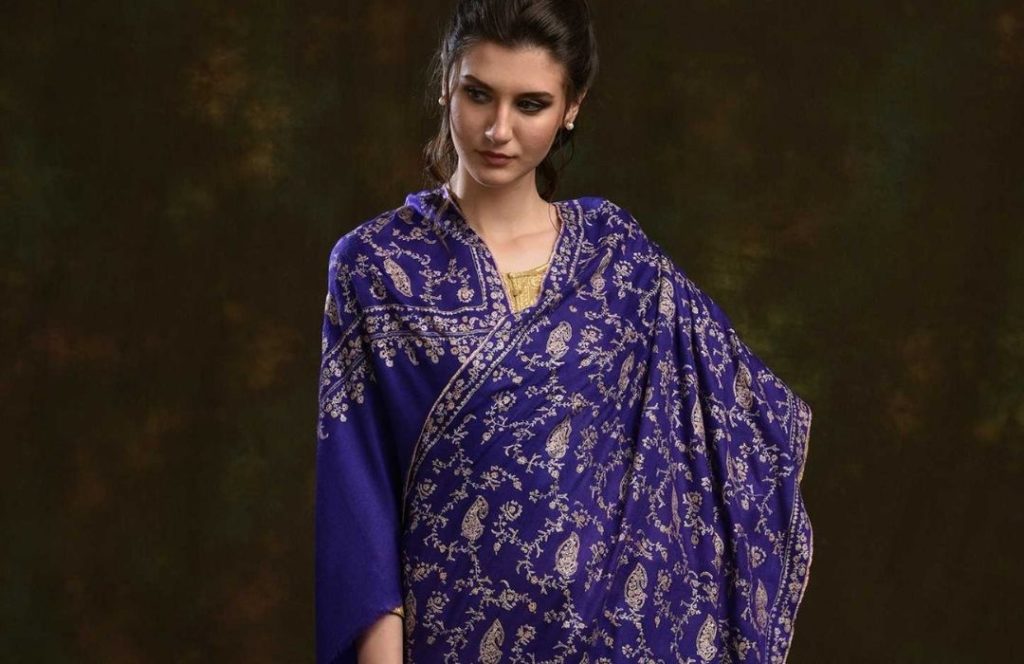
The quality of cashmere can also vary depending on where the fibres are harvested from on the cashmere goat. The most prized cashmere comes from specific regions of the goat, namely the underbelly and throat. These areas yield the softest and finest wool, resulting in cashmere scarves and products of premium quality. The grading system for cashmere takes into account factors such as fibre length, diameter, and colour, further emphasizing the precision required in producing top-tier cashmere.
As a result of these labour-intensive processes and the meticulous attention to quality, cashmere products come with a price tag that reflects their exceptional craftsmanship and superior materials. A cashmere scarf, in particular, is not just an accessory; it is an investment in both style and comfort that can last for many years.
One of the remarkable characteristics of cashmere is its ability to improve with age. As you wear and care for your cashmere scarf, it will gradually become even softer and more luxurious over time. This ageing process is a testament to the enduring quality of cashmere and the care and attention invested in its production.
Why is a Cashmere Scarf expensive?
Cashmere scarves are popular as a symbol of luxury and elegance. These are famous for their exceptional softness, warmth, and timeless appeal. However, their reputation for opulence is often accompanied by a high price tag. In this comprehensive exploration, we delve into the various factors that contribute to the expense of cashmere scarves, shedding light on the intricacies of this luxurious textile.
The rarity of the Raw Material
At the heart of every cashmere scarf lies the extraordinary raw material: cashmere fibre. This luxurious material comes from the fine undercoat of the Cashmere or Kashmir Goat, known for its soft and sumptuous fleece. What makes cashmere scarves expensive, to begin with, is the scarcity of this raw material.
Cashmere goats produce only a limited quantity of cashmere each year, typically just enough for one scarf per goat. Herders harvest the cashmere fibres during a natural process, when the goat sheds its hair, usually in the spring. This manual process, wherein skilled artisans carefully comb the goats to extract the soft undercoat, is a labour-intensive and time-consuming endeavour. The very nature of this limited and painstakingly collected raw material drives up the cost.
Labour-Intensive Harvesting and Sorting
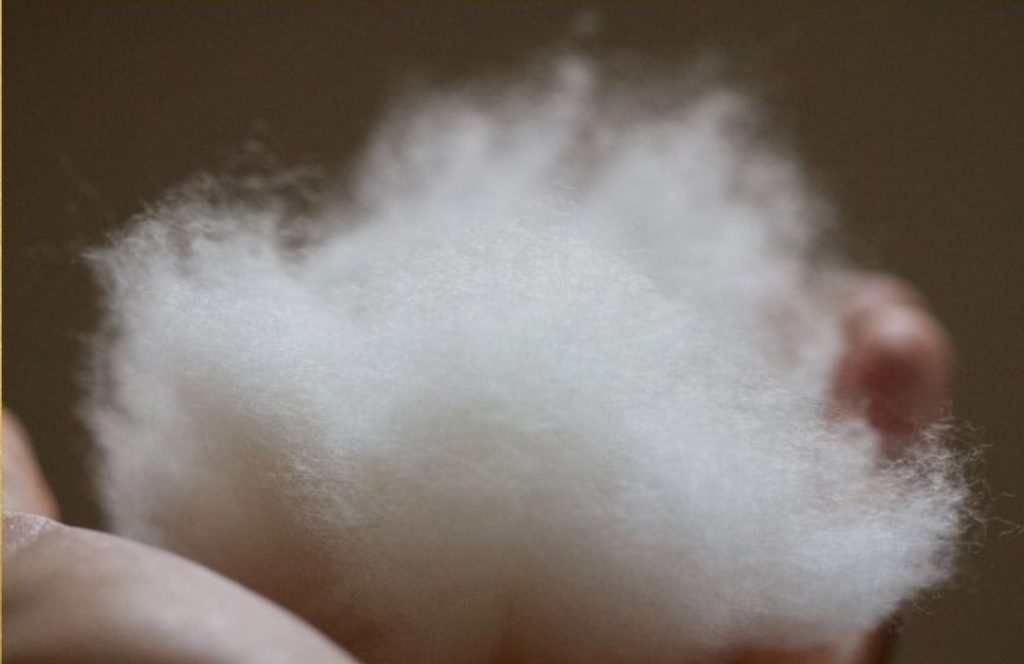
The process of obtaining cashmere fibres is a meticulous one. After the raw fibres are harvested, they undergo a rigorous sorting process. This step is crucial in achieving the desired quality of cashmere products. The coarser fibres are meticulously removed, leaving only the exceptionally soft and fine fibres that are characteristic of high-quality cashmere. The labour-intensive nature of these processes adds to the overall cost of production.
Geographical Variation in Quality
The quality of cashmere can vary depending on the part of the body it grows on. The finest cashmere comes from specific regions of the goat, such as the underbelly and throat. These areas yield the softest and finest wool, resulting in cashmere scarves and products of premium quality. The geographical variation in cashmere quality affects pricing, with cashmere from certain regions being more highly sought after and, consequently, more expensive.
Artisanal Craftsmanship in a Cashmere scarf
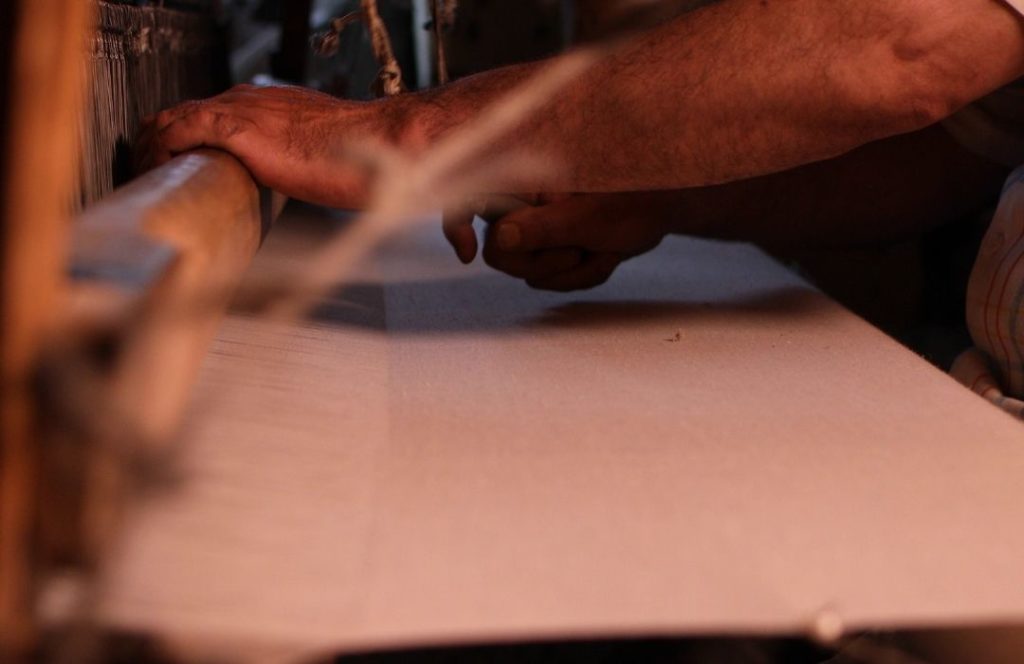
Cashmere scarves are often crafted by skilled artisans who use traditional techniques. Whether woven or knitted, the craftsmanship involved in creating these scarves is a testament to the dedication and expertise of the artisans. The artisanal approach to production adds to the value of cashmere scarves.
Quality Grading
Cashmere products are graded based on several factors, including fibre length, diameter, and colour. Higher-quality cashmere commands a premium price, reflecting its superior softness and luxury. This quality grading ensures that customers receive the level of quality they expect and are willing to pay for.
Versatility and Styles in a Cashmere scarf
Cashmere scarves are versatile accessories that can be worn in various ways and complement different outfits. Their ability to enhance both style and comfort contributes to their desirability and price. Cashmere scarves are not just functional; they are a fashion statement, making them a sought-after accessory.
Ageing Process
One of the remarkable characteristics of cashmere is its ability to improve with age. As you wear and care for your cashmere scarf, it will gradually become even softer and more luxurious over time. This ageing process is a testament to the enduring quality of cashmere and adds to its long-term value.
Brand Reputation
Well-established brands known for their high-quality cashmere products often command higher prices due to their reputation for excellence. Customers are willing to invest in brands that consistently deliver on their promise of luxury and quality.
Ethical and Sustainable Practices
Some cashmere brands prioritize ethical and sustainable sourcing and production, which can lead to higher costs. They may support local communities and ensure the well-being of the goats. These practices are in line with a growing demand for responsible consumption and production.
The cost of a cashmere scarf can vary significantly based on several factors, including the quality of the cashmere, the brand, and the craftsmanship involved. Here's an overview of the price range you can expect for cashmere scarves:
Quality of a Cashmere scarf:
- High-Grade Cashmere: Scarves made from the highest quality cashmere, often sourced from specific regions like the underbelly and throat of the cashmere goat, tend to be more expensive. These scarves are incredibly soft, warm, and luxurious.
- Mid-Grade Cashmere: Scarves made from cashmere of good quality but not the absolute finest may come at a more moderate price point. They still offer excellent softness and warmth.
Brand Reputation:
- Luxury Brands: Well-known luxury brands that have a reputation for producing high-quality cashmere products often command premium prices. These brands are associated with craftsmanship, style, and luxury.
- Mid-Range Brands: There are mid-range brands that offer quality cashmere scarves at a more affordable price compared to luxury brands. These scarves may still provide a good balance of quality and value. However, only the best quality should be chosen, irrespective of the brand that is selling.
The craftsmanship that goes into a Cashmere scarf:
- Artisanal Craftsmanship: Handcrafted cashmere scarves, especially those created using traditional techniques, can be more expensive due to the labour and skill involved in their production.
- Machine-Made: Machine-made cashmere scarves tend to be more affordable but can still offer excellent quality and comfort.
Design and Details of a Cashmere scarf:
- Simple vs. Elaborate Designs: The complexity of the scarf's design and any additional details, such as embroidery or patterns, can influence the price.
Ethical and Sustainable Practices:
- Scarves produced by brands that prioritize ethical and sustainable practices may have higher price points due to the added cost of responsible sourcing and production.
In general, the cost of a quality cashmere scarf can range from around $100 to several hundred dollars or more. Luxury cashmere scarves from renowned brands can easily exceed $400 to $500, depending on the factors mentioned above. Mid-range options can typically be found in the $150 to $300 range, offering a balance between quality and affordability. Scarves with simpler designs are often more budget-friendly, starting at around $70.
What to look for when buying a Cashmere scarf?
When shopping for a cashmere scarf, it's important to consider several factors to ensure you're getting a high-quality and genuine cashmere product. Here are key things to look for:
Determining whether you are buying authentic Cashmere can be challenging, as there are many counterfeit or low-quality products in the market. However, there are several methods you can use to help verify the authenticity of a Cashmere scarf:
Check the Label or Description
Look for clear labelling or product descriptions that state the scarf is made from 100% Cashmere or pure Cashmere. Be cautious if the label is vague or if it includes terms like "Cashmere blend" or "Cashmere-like" as these may indicate a mix with other fibres.
Feel the Fabric
Authentic Cashmere is known for its exceptional softness and fine texture. When you touch the fabric, it should feel incredibly soft and luxurious. It should also be lightweight.
Fibre Length and Diameter
Authentic Cashmere fibres are longer, finer, and more delicate than most other wool fibres. Examine the fabric closely to see if the fibres are long and thin, which is a hallmark of genuine Cashmere.
Burn Test
One should use this method with caution, as it involves burning a small piece of the fabric. Authentic Cashmere, being a natural animal fibre, should burn and smell like burnt hair, while synthetic materials will produce a different odour and may melt. However, this test may not be foolproof, and it's best to rely on other methods for authentication.
Price Comparison
While price alone is not a definitive indicator, be cautious of Cashmere products that are priced significantly lower than the market average. Authentic Cashmere is a luxury material, and prices should reflect its quality and rarity.
Purchase from Reputable Sellers
Buy Cashmere scarves and other products from well-established and reputable sellers, boutiques, or brands. Established sellers are more likely to sell authentic products.
Ask for Certifications
Some Cashmere products come with certifications or labels indicating their authenticity and quality. Look for certifications from organizations or associations that verify the authenticity of Cashmere. A Cashmere scarf with a GI tag is the most authentic. GI or Geographical Indication is a mark of authenticity, authorized by the Government of India, that confirms the originality of Cashmere.
Research the Source
Learn about the source of the Cashmere. The best quality Cashmere comes from Kashmir, North India. Additionally, higher-quality Cashmere often comes from the Himalayan region, particularly Nepal and other parts of India. Inner Mongolia also produces fine Cashmere.
Feel the Weight
Authentic Cashmere scarves are lightweight yet warm. If the scarf feels heavy or bulky, it may contain other fibres or be a blend.
Transparency from the Seller
Ask the seller about the source of the Cashmere and their production process. A reputable seller should be transparent about these details.
Return Policy
Ensure that the seller has a clear and fair return policy. This allows you to return the product if it doesn't meet your expectations.
How to style a Cashmere Scarf?
Cashmere scarves are not only incredibly soft and warm but also versatile accessories that can elevate your style during the colder months. Here are three stylish ways to wear a cashmere scarf:
The Classic Drape:
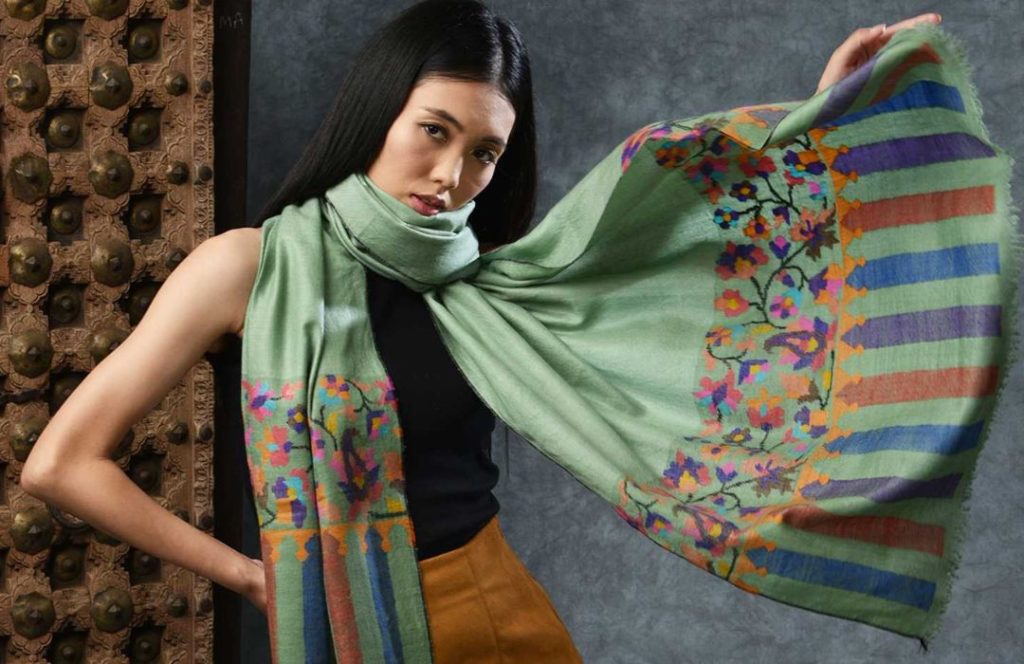
This timeless style is effortless yet elegant. Simply drape the cashmere scarf evenly around your neck with both ends hanging down in front. Ensure that the scarf is even on both sides for a balanced look. This classic drape is perfect for both formal and casual outfits and provides excellent warmth and comfort.
The Parisian Knot:
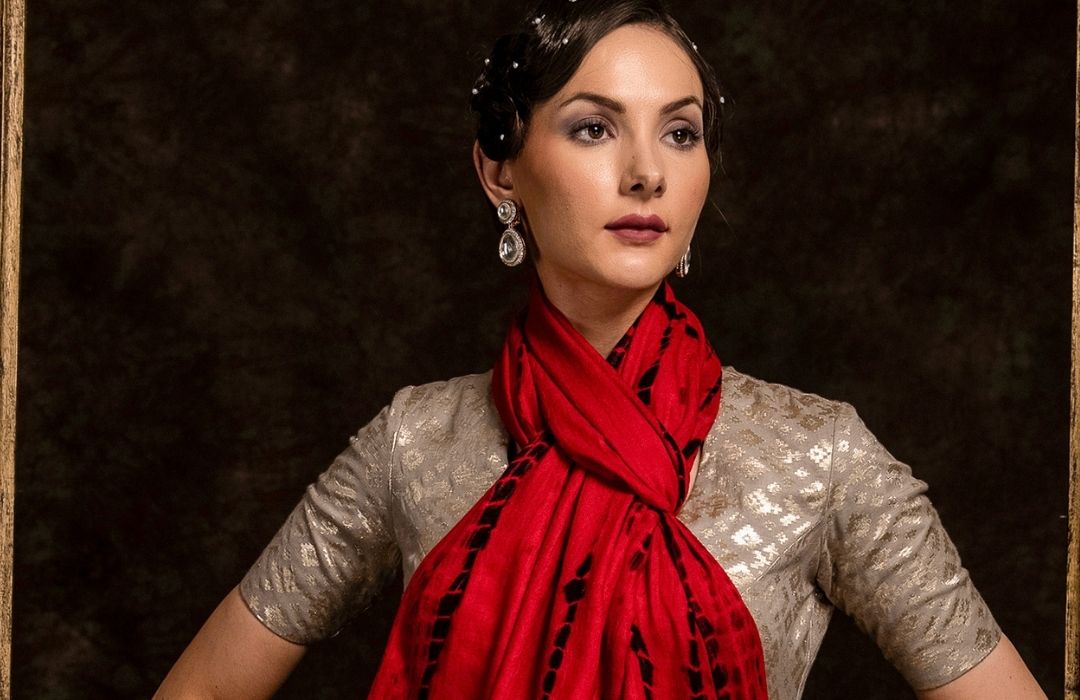
The Parisian knot adds a touch of European flair to your winter ensemble. Begin by folding the cashmere scarf in half lengthwise. Then, drape it around your neck and thread the loose ends through the loop created by the fold. Adjust the knot to your preferred tightness. This style not only keeps you warm but also adds a touch of sophistication to your outfit.
The Infinity Loop:
The infinity loop is a cosy and stylish way to wear your cashmere scarf. Start by doubling the scarf in half to create a loop. Place it around your neck, ensuring that the looped end is at the front. Next, thread the loose ends through the loop and adjust to your desired snugness. This style not only provides extra warmth but also adds a chic and modern touch to your look.
Also read: CHRISTMAS GIFTS - 8 PASHMINA SHAWLS TO GIFT TO YOUR LOVED ONES
Conclusion
Various factors influence the value of a cashmere scarf, making it a luxurious and versatile accessory worth considering for your wardrobe. While prices can vary significantly, it's essential to remember that genuine cashmere offers exceptional softness, warmth, and durability.
When determining the cost, consider factors such as the quality of the cashmere, brand reputation, craftsmanship, design, and ethical practices. High-quality cashmere scarves made from the finest fibres will command a higher price, while mid-range options provide a balance between quality and affordability.
Investing in a quality cashmere scarf can be a wise decision, as it not only offers comfort and style but can also last for many years when properly cared for. Additionally, the softness of cashmere improves over time, making it a timeless addition to your winter wardrobe.
Ultimately, the cost of a cashmere scarf is a reflection of its value, and choosing the right one for you involves considering your budget, personal style, and the factors that matter most to you. Whether you opt for a luxurious designer piece or a more budget-friendly option, a well-chosen cashmere scarf is sure to become a cherished accessory during the cold seasons.
Also read: BASIC WAYS - WEARING MEN'S CASHMERE SCARVES